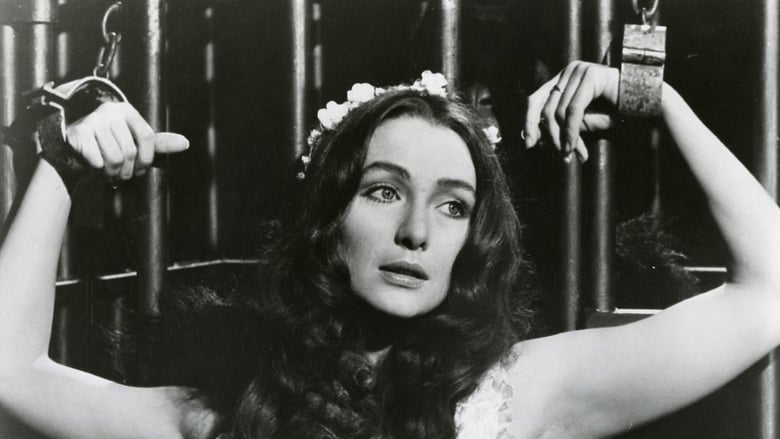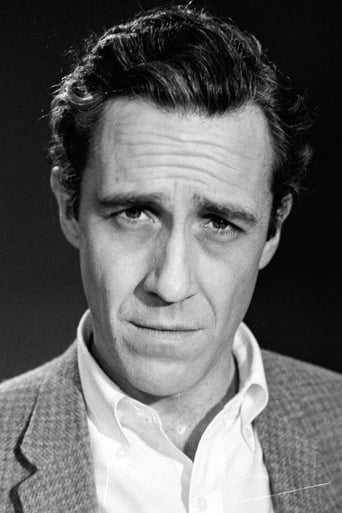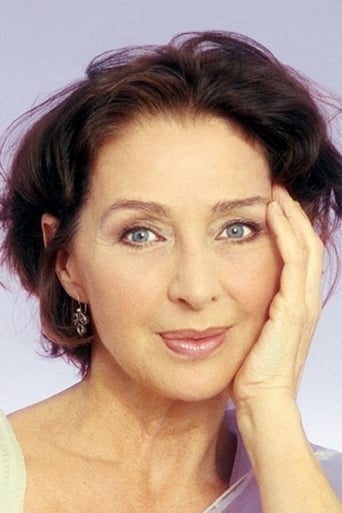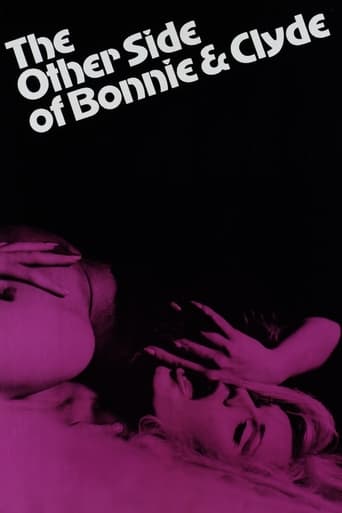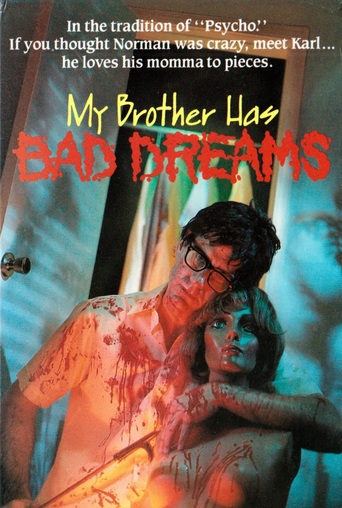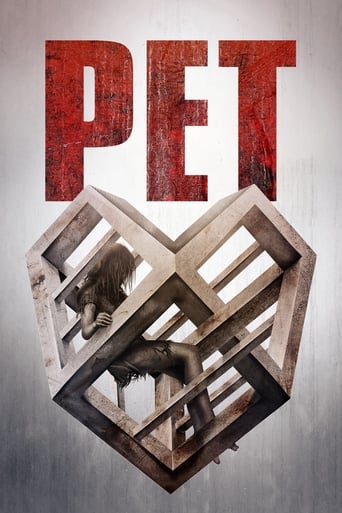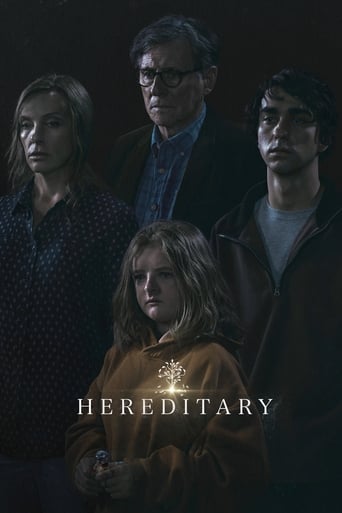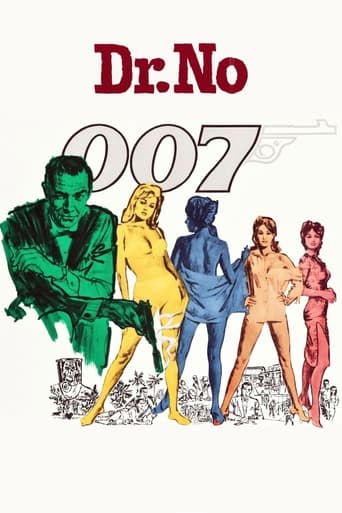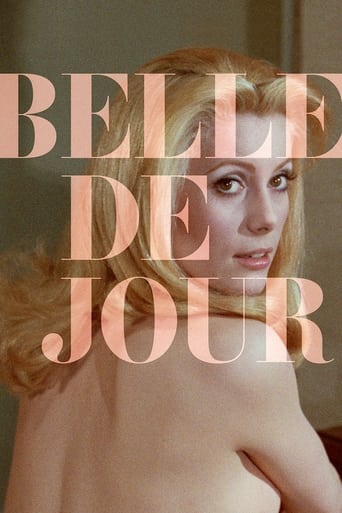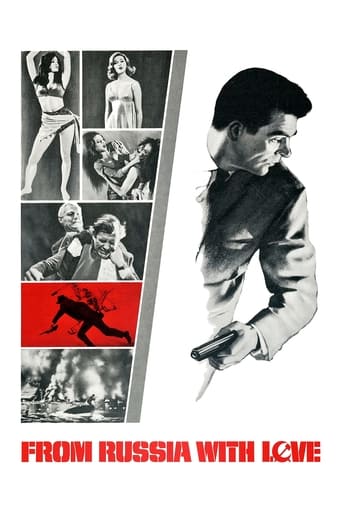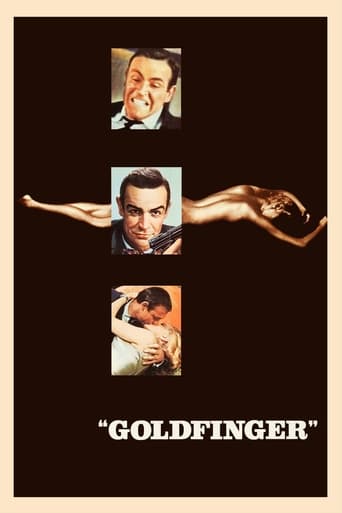Murders in the Rue Morgue (1971)
In Paris, in the beginning of the Twentieth Century, Cesar Charron owns a theater at the Rue Morgue where he performs the play "Murders in the Rue Morgue" with his wife Madeleine Charron, who has dreadful nightmares. When there are several murders by acid of people connected to Cesar, the prime suspect of Inspector Vidocq would be Cesar's former partner Rene Marot. But Marot murdered Madeleine's mother many years ago and committed suicide immediately after.
Watch Trailer
Cast


Similar titles
Reviews
Too much of everything
Let me be very fair here, this is not the best movie in my opinion. But, this movie is fun, it has purpose and is very enjoyable to watch.
I enjoyed watching this film and would recommend other to give it a try , (as I am) but this movie, although enjoyable to watch due to the better than average acting fails to add anything new to its storyline that is all too familiar to these types of movies.
The movie turns out to be a little better than the average. Starting from a romantic formula often seen in the cinema, it ends in the most predictable (and somewhat bland) way.
Murders in the Rue Morgue (1971) ** (out of 4) British version puts a twist on the story (and previous versions) of Edgar Allan Poe. In this version, a stage troupe is putting on a version of Murders in the Rue Morgue when real murders start to happen. The lead actor (Jason Robards) and Inspector Vidocq (Herbert Lom) try and track down who is responsible. This version of the Poe story has been ripped to pieces over the years but having skipped it for thirty-plus years I was well aware that several liberties were taken. I can't say I blame director Gordon Hessler for wanting to change things around considering there had been several versions of the story already done. The biggest problem is that with the changes nothing too exciting is done and nothing here is as entertaining as what Poe wrote. I think the biggest thing going against the picture is the fact that it's rather dull and only comes to life during the opening sequence and the final one. Everything in between is rather lifeless and really drags to the point where you just simply don't care who's doing the killing. The version I viewed was the 97-minute director's cut, which restores some eleven-minutes that AIP had originally cut out. I don't know the whole history of the film so I can't say which version is better but I have to think that a lot of the material here was just filler. You'd think that having actors like Robards and Lom would have been a positive but it's really not. Yes, it's fun seeing them in a film like this but at the same time both are clearly just here to cash a paycheck. Robards seems extremely uninterested in anything going on and the same can be said about Lom who seems to be rushing through every scene just to get it over with. There are a few good things about the film including its colorful look as well as the atmosphere but this here just isn't enough to recommend it to others.
While the title suggests that the film is an adaptation of Edgar Allan Poe's short story (something that had not been done since the 1930s), it is actually far more similar to "Phantom of the Opera", which has been done many, many times.The film is noteworthy for being one of the two American International Pictures Poe films without Vincent Price -- the other being "Premature Burial". But should this film really count as Poe anyway? Howard Thompson of the New York Times wrote that "the entire film is a gorgeous eyeful in excellent color, with lavish period decor and costumes and some perfectly beautiful dream montages." While I can hardly disagree, he goes above and beyond the praise I would have offered. I mean, I liked the story and the acting, but I never really noticed the color. And I am not sure what the "period decor" is, since there is no indication this is supposed to be anything but modern (after all, how can you present Poe's story unless it is well after he wrote it).Thompson does offer one negative piece of criticism, and that involves pointing out that "a tacked-on, drawn-out postscript almost flattens the fun." I completely agree with this. While I enjoyed the film, I felt like it had two or three endings, and just kept going anyway. There is no better way to make a film seem long (wearing out its welcome) than to make it start after the audience has stopped!
Scriptwriter Christopher Wicking and director Gordon Hessler collaborate a number of times in a span of only a few years time and, even though none of their joint ventures can truly be considered as a pure genre classic, they nevertheless always delivered very entertaining and versatile horror efforts, like the atmospheric "The Oblong Box", the rather perverted "Cry of the Banshee" and the (slightly over-)ambitious "Scream and Scream Again". The title of this film makes believe it's their interpretation of Edgar Allan Poe's legendary tale, but the set-up is in fact a bit more creative than that. "Murders in the Rue Morgue" is set at a theater in Paris, where the respectable top artist Cesar Charron and his ensemble depict Poe's oeuvre on stage, but the actual plot of the movie simultaneously borrows elements from that other great and legendary story by Gaston Leroux; "The Phantom of the Opera". Charron's young and beautiful wife Madeleine suffers from recurring nightmares featuring an axe murderer, a falling rope and an old dark house. Meanwhile a masked maniac is brutally killing off Charron's friends and old co-actors with acid. What's the mysterious link between this vengeful killing spree and Madeleine's nightmare? Only Cesar Charron knows This version of "Murders in the Rue Morge", the second one I watch after the 30's version starring Bela Lugosi, contains a number of horror elements that I absolutely worship, so don't expect an overly critical analysis from my side! First and foremost, the era as well as the setting is sublime. Presumably taking place in the early 1900's, (though the original story was published in 1841) the recreation of Paris around that time is magical. The theater, although exclusively performing harrowing and extremely violent plays, is always sold out entirely and outside on the streets there are non-stop carnivals going on, full of weird people and prostitutes. What a blast of a period and place to live! Furthermore the film benefices from marvelous period decors, costumes and scenery, and there are a number of righteously cast eccentric supportive characters, like a truly eerie dwarf, a bombastic carnival artist specializing in the "art" of faking his own death and an archetypal French police inspector. The murders and the make-up effects are fantastically "Grand Guignol" to boot! Acid - more specifically Vitriol – has a horrible effect on human skin and director Hessler doesn't leave any opportunity unused to show burning faces and mutilated corpses. The plot is engaging and fairly suspenseful, albeit predictable and rather obvious as soon as you gradually get to know the main characters and their personalities. The undeniable highlight of "Murders in the Rue Morgue" are Madeleine's vividly illustrated dreams, as they're hauntingly surreal, colorful and guided by ominous music. It's during these sequences especially that I thought a couple of times that Gordon Hessler and Christopher Wicking are quite underrated names in a horror era primarily dominated by the British Hammer, Tigon and Amicus studios. Jason Robards appears a bit uncomfortable in the horror surrounding, but he nonetheless remains a brilliant actor of course, while Herbert Lom shines in another – for him – familiar role of masked anti-heroic avenger.
Players at a Paris theatre (run by Jason Robards) become victims of a masked murderer (Herbert Lom). I saw a brand new print of this so the colors were rich and strong...that's about it for compliments. The movie was very obviously filmed in Spain and has erratic performances (even by pros Robards and Lom). Leading lady Christine Kaufmann is a really terrible actress and keeps having the same stupid dream again and again and again and again etc etc. The film is slow-moving, repititious, has lousy make-up (Lom seems to be wearing the exact same face he had in "Phantom of the Opera" in 1964) and the most boring murders ever put on screen...no gore and very little blood. Stick with the 1932 Lugosi version.


